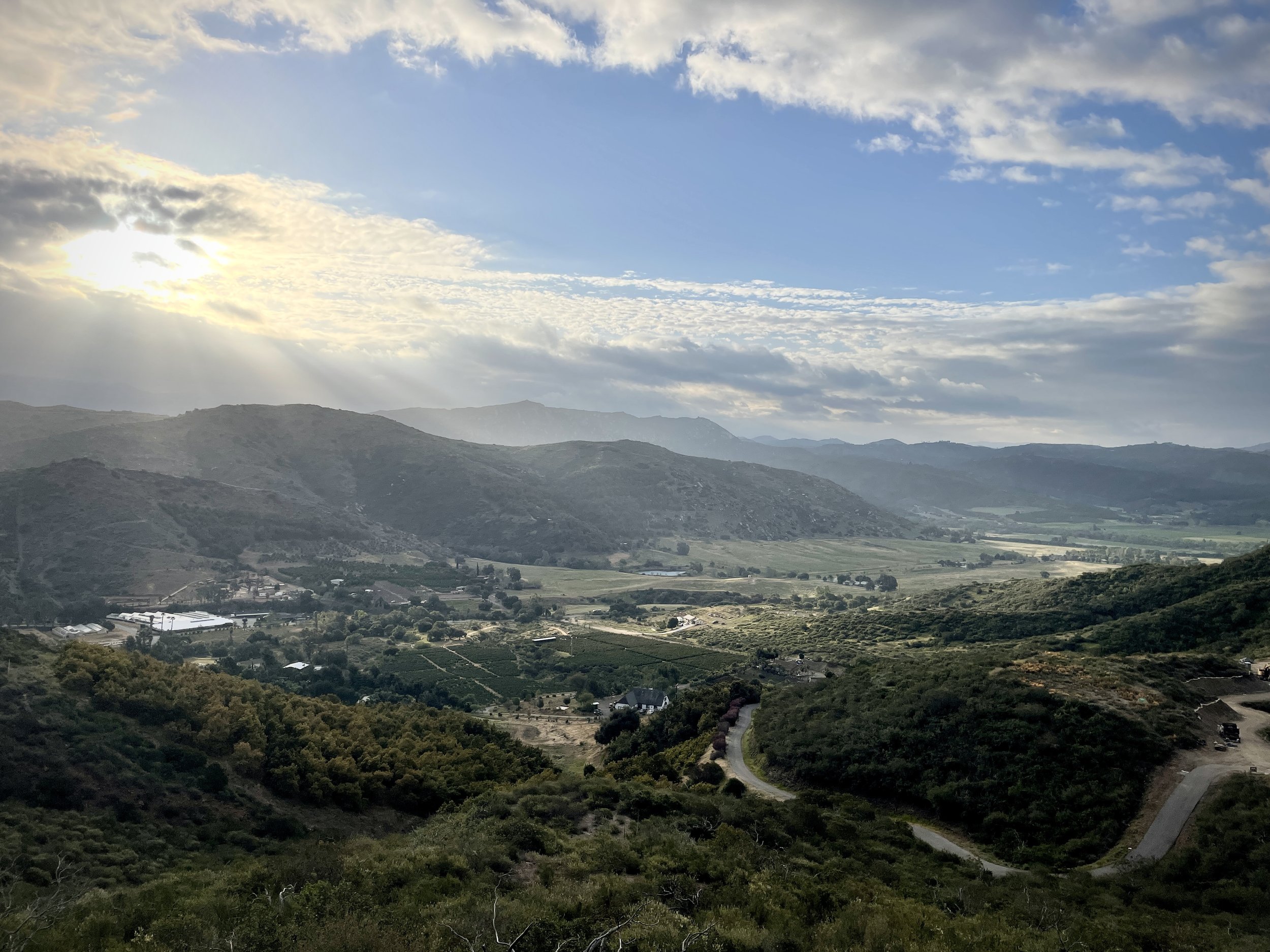
Agricultural Resources
RECON is available to provide environmental analysis support for projects that require evaluation for potential impacts to agricultural resources. We bring experience preparing the U.S. Department of Agriculture, Land Evaluation and Site Assessment (LESA) Models, in addition to other local agricultural models such as the County of San Diego’s Land Evaluation and Site Assessment Model. We bring knowledge of agricultural practices and operations, experience applying design measures to development projects that support avoidance of potential impacts to agriculture, and support with identifying mitigation options for impacts to agriculture. We can additionally support environmental analysis for projects proposing new agricultural operations, such as new vineyards and/or cannabis production.
RECON has worked closely with local jurisdictions, as well as agricultural stakeholders, and has a unique understanding of agricultural land use compatibility issues throughout California. RECON prepared the Program Environmental Impact Report (EIR) for the County of San Diego’s Tiered Winery Ordinance Amendment, which was awarded the Outstanding Environmental Analyses Document of the Year by the San Diego Chapter of the Association of Environmental Professionals (AEP). In addition, RECON prepared an EIR to amend the County of Santa Barbara’s Land Use Development Code to revise and clarify the permitting requirements for hoop structures and shade structures on agriculturally zoned lands.
Services
Agricultural Technical Studies
Land Evaluation and Site Assessment (LESA) Model
County Local Agricultural Resource Assessment (LARA) Model
Agricultural Policy Analysis
Featured Projects
-
RECON prepared an Environmental Impact Report (EIR) for the 608-acre Lilac Hills Ranch Specific Plan project located in the Valley Center community of San Diego County. In close proximity to the Interstate 15 corridor, this controversial project involves an amendment to the San Diego County General Plan and proposed approximately 1,700 residential units of varying types, neighborhood-serving commercial, and various public uses located in a rural setting with scattered residences, RECON addressed impacts to agriculture for this project through preparation of an agricultural resources technical report, which was included as an appendix to the EIR.
The analysis included a sub-regional evaluation of farmland impacts using the State’s Land Evaluation and Site Assessment model. The agricultural analysis had extensive evaluation of potential indirect impacts to surrounding agricultural operations and incorporated various buffers within the project site to avoid adverse impacts to agriculture.
-
RECON prepared an agriculture technical analysis for the construction of a wine tasting facility complete with a full commercial kitchen and an event center, along with associated parking lots, outdoor areas, fire water storage and storm water infiltration facilities. The project, located in the San Pasqual Valley, would impact some active agricultural lands and important soil types, although the project would overall be supportive of the on-site agricultural uses. RECON completed the County’s Local Agricultural Resources Assessment (LARA) Model to determine the significance of agricultural resources on-site. The site was additionally constrained by a Williamson Act Contract and Agricultural Preserve which required additional coordination with County staff to ensure consistency of the proposed use. The project is located north of San Pasqual Valley Road in the North County Metro Subregional Plan area, within unincorporated San Diego County.
-
RECON prepared an Environmental Impact Report (EIR) to amend Santa Barbara County's Land Use Development Code to revise and clarify the permitting requirements for hoop structures and shade structures on agriculturally zoned lands in the inland unincorporated areas of Santa Barbara County. The primary objective of the project was to simplify and streamline the permitting process for hoop structures and shade structures to allow farmers more flexibility and efficient agricultural operations in support of the County's agricultural economy. The analysis included consideration of potential growth of hoop and shade structures, including growth resulting from the expansion of cannabis production associated with the County's Cannabis Land Use Ordinance Amendments and Licensing Program, as cannabis is commonly grown in hoop structures in Santa Barbara County. Key issues addressed in the EIR include evaluation of potential aesthetic impacts of hoop and shade structure expansion, land use compatibility with surrounding non-agricultural land uses, and potential biological resource impacts associated with California.






